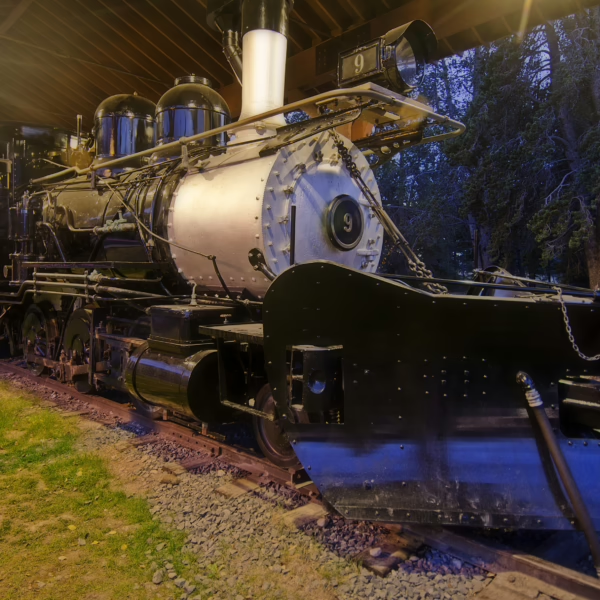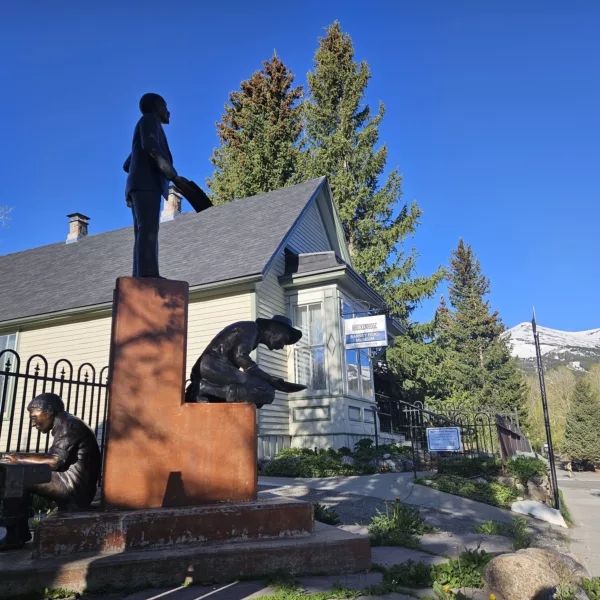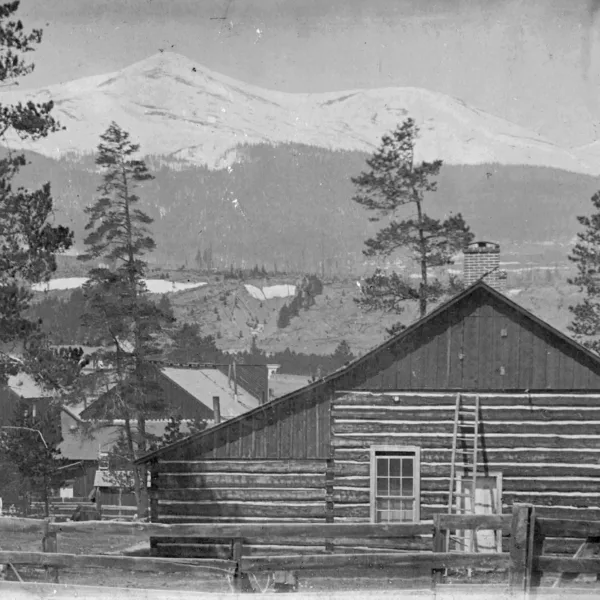Exposición Washington Mill
28 junio 2021 | Category: Hacer historia

La exposición Washington Mine and Mill de Breckenridge se inauguró este verano con una nueva exposición autoguiada de molienda. Muchas minas similares a la Washington incluían este tipo de molinos para concentrar los valiosos minerales que se extraían y eliminar los materiales de desecho para reducir los costes de transporte. Los visitantes pueden explorar la exposición y aprender de los intérpretes de la Breckenridge Heritage Alliance.
Esta exposición ha tardado más de 5 años en completarse y muchos historiadores de la minería la consideran la mejor muestra de equipos de molienda del oeste. Casi todas las minas abiertas al turismo explican y demuestran qué tipo de minería se realiza en la montaña. Suele implicar excavación subterránea, entibación, perforación, voladura y carga de la roca rota en vagonetas de mineral para su transporte fuera de la montaña.
¿Qué ocurre con el mineral una vez que abandona la montaña? Lo que ocurre a continuación puede determinar si una mina será rentable o no.
La exposición Washington Mine and Mill explica el funcionamiento de un molino de concentración durante el periodo comprendido entre 1880 y principios del siglo XX. El mineral se tritura hasta convertirlo en arena fina mediante cuatro tipos diferentes de equipos que hacen referencia a tres épocas distintas: una trituradora de mandíbulas Blake, un molino de estampación, una trituradora de rodillos y un molino de bolas. El producto resultante se separa por peso y gravedad de la roca estéril mediante dos procesos de separación únicos: una plantilla o una mesa Wilfley.
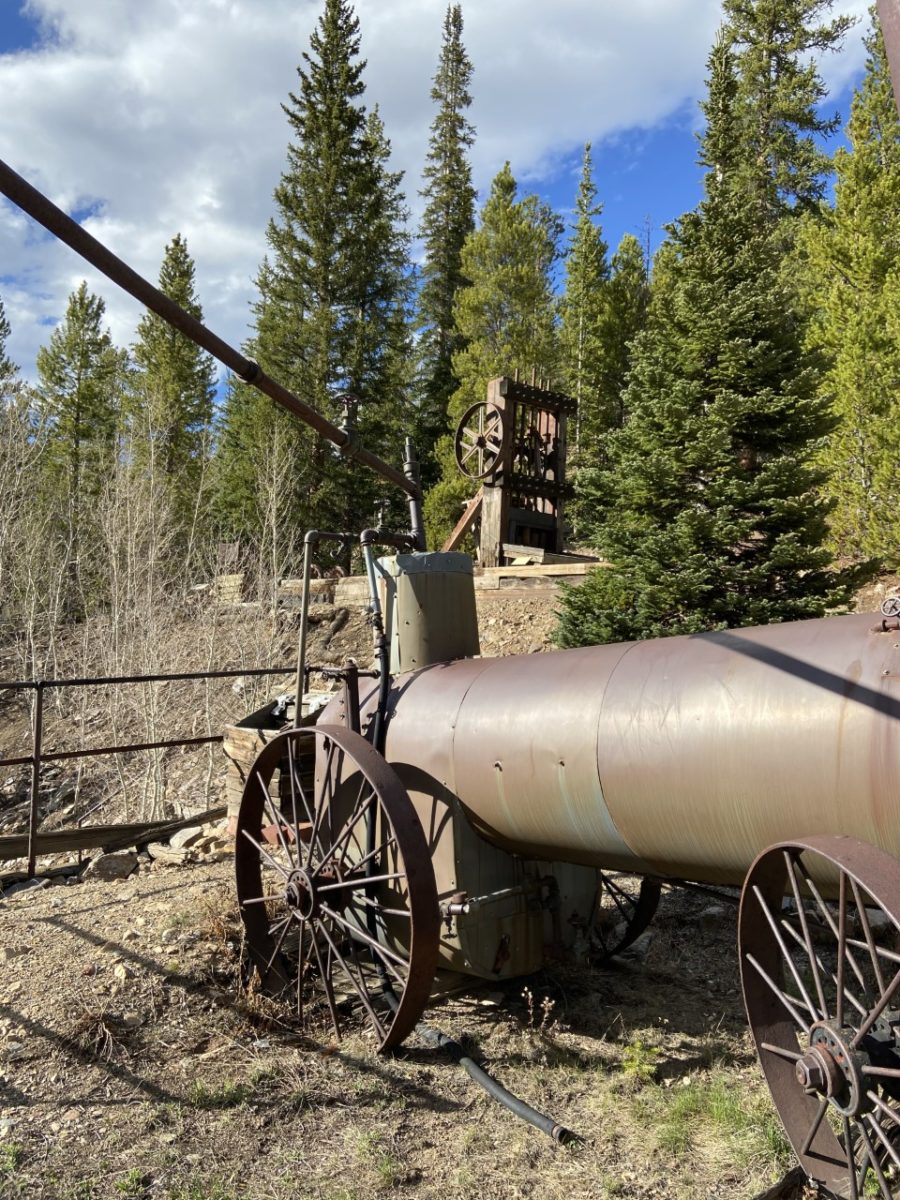
La concentración del mineral era fundamental para reducir los costes de transporte. Según el historiador Rick Hague, los directores de las minas intentaban reducir el concentrado a un 25% de oro y un 75% de roca estéril antes de transportarlo a las fundiciones de Denver, Pueblo, Colorado Springs o Leadville. En la zona de Breckenridge, los costes de transporte eran exorbitantes, incluso después de la llegada del ferrocarril en 1882.
Los carteles explican la función de cada equipo en el proceso de concentración. La mejor forma de ver la exposición es empezando por la parte superior de la galería inclinada, por donde sale de la mina el vagón cargado de mineral. Tras una serie de pasos de trituración y molienda por parte de la maquinaria pesada, las partículas de mineral son finalmente concentradas por dos máquinas situadas en la parte inferior de la exposición.
Una de las mejores máquinas concentradoras es la mesa Wilfley, un ingenioso invento creado por Arthur Wilfley en la cercana Kokomo, Colorado (bajo los relaves de la actual mina Climax). El artefacto expuesto en la Washington Mine and Mill Exhibit está en un estado especialmente bueno.
Además de la exposición sobre la molienda, los visitantes también podrán ver equipos de minería, un pozo, una sala seca y la cabaña del minero. También se expone una máquina de vapor portátil que hacía funcionar el equipo.
El Museo Nacional de Minería de Leadville (Colorado) y el Museo de Minería del Oeste de Colorado Springs (Colorado) contribuyeron generosamente a la adquisición de estas raras piezas. Hague, junto con el coleccionista e historiador Rich Skovlin, pasó varios años reuniendo los artefactos.

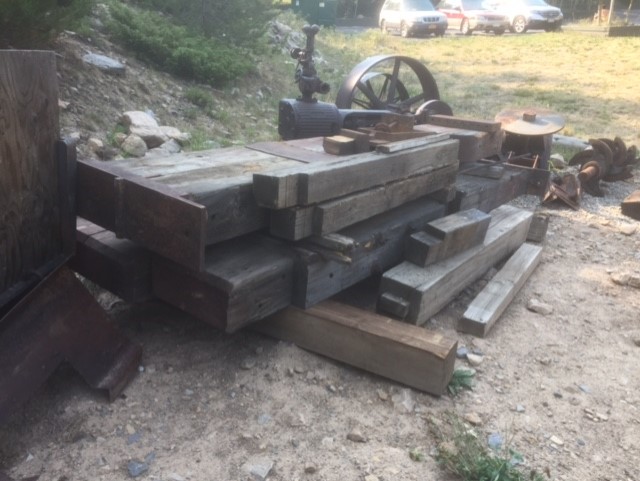
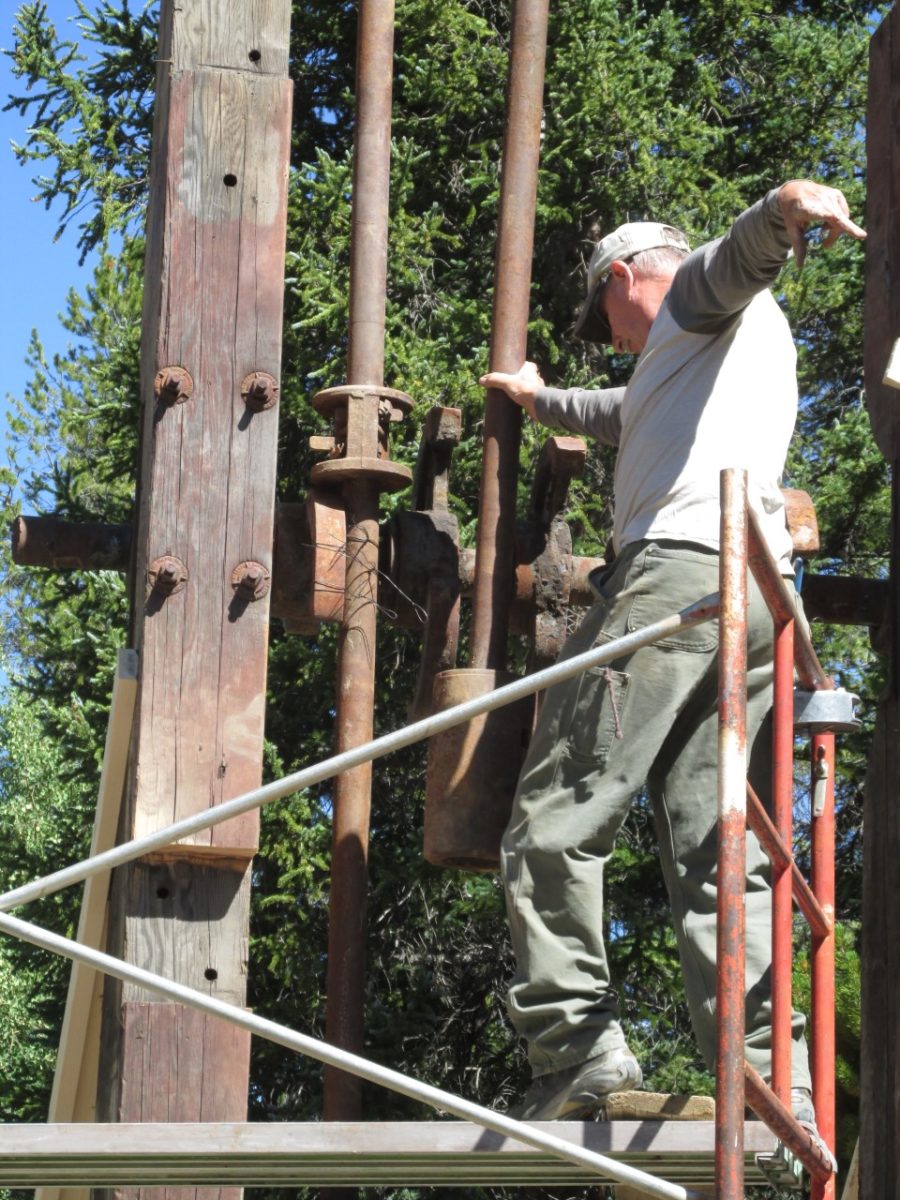
La trituradora de estampillas fue un hallazgo importante. Ubicada en muchas piezas en el Museo Nacional de Minería, Hague y Skovlin se dieron cuenta de que todas las piezas estaban allí. El reto consistía en trasladarla y volver a montarla. Se necesitaron equipos pesados y remolques bajos para trasladar las distintas piezas del equipo de molienda a Breckenridge. Muchas empresas locales y particulares donaron su tiempo y sus conocimientos para crear esta exposición única.
Para obtener más información sobre la exposición Washington Mine and Mill, visite el yacimiento por su cuenta o con un intérprete cualificado. Si desea saber más sobre la historia de Breckenridge, visite el sitio web de la Breckenridge Heritage Alliance para obtener información sobre otras exposiciones, museos, visitas guiadas y excursiones.
escrito por Leigh Girvin con la ayuda de Rick Hague y Rich Skovlin

